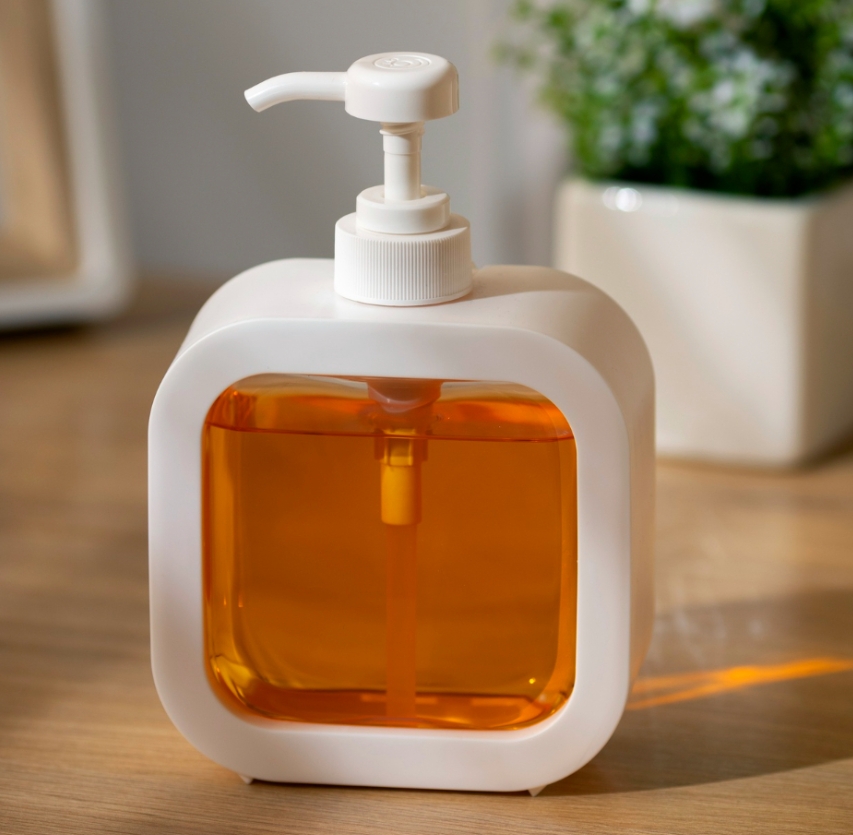Maintaining a clean and functional soap dispenser is crucial for ensuring hygiene in any environment, be it at home, in the office, or in public spaces. Proper maintenance not only ensures that the dispenser works efficiently but also prevents the spread of germs and bacteria. Here are some top tips for keeping your soap dispenser in optimal condition:
1. Regular Cleaning
Regular cleaning is essential to prevent the buildup of soap residue, which can clog the dispenser and harbour bacteria. To clean your soap dispenser:
Disassemble the dispenser: Remove the pump mechanism from the container.
Wash all parts: Use warm, soapy water to clean the container and pump thoroughly. For stubborn residue, use a small brush to scrub the inside of the pump mechanism.
Rinse thoroughly: Ensure all soap and debris are rinsed away.
Dry completely: Allow all parts to air dry completely before reassembling to prevent mold and bacteria growth.
2. Refill with Care
When refilling your soap dispenser, it’s important to do so in a way that minimizes contamination:
Use a funnel: A funnel can help you pour soap into the dispenser without spilling.
Avoid touching the nozzle: Prevent introducing germs by keeping the nozzle and the inside of the dispenser clean and untouched.
Seal the soap container properly: Make sure the soap container is tightly sealed after refilling to prevent contamination.
3. Use Quality Soap
The type of soap you use can impact the longevity and cleanliness of your dispenser. Choose high-quality, antibacterial soaps to reduce the risk of germ buildup. Avoid using soaps that contain large particles or exfoliants, as these can clog the dispenser.
4. Check for Clogs and Blockages
Regularly check your soap dispenser for clogs and blockages that can impede its function. If you notice that the soap is not dispensing properly:
Inspect the nozzle: Remove any dried soap or debris from the nozzle.
Flush with warm water: Pump warm water through the dispenser to clear any internal blockages.
Use a cleaning solution: If warm water doesn’t work, use a mixture of vinegar and water to dissolve soap scum and other residues.
5. Prevent Soap Buildup
Soap buildup can occur over time, especially with thick liquid soaps. To prevent this:
Dilute thick soaps: Mix thick soaps with a little water to make them easier to dispense.
Regular maintenance: Clean the dispenser regularly, even if it doesn’t appear dirty, to prevent buildup from occurring.
6. Replace Worn Parts
Over time, parts of the soap dispenser, such as the pump mechanism or the nozzle, may wear out. Inspect your dispenser regularly and replace any worn or damaged parts to ensure it continues to function properly.
7. Avoid Overfilling
Overfilling the soap dispenser can lead to spills and messes, which not only waste soap but also create a breeding ground for bacteria. Fill the dispenser to the recommended level to avoid this issue.
8. Proper Storage
Store your soap dispenser in a cool, dry place away from direct sunlight. Excessive heat or moisture can degrade the soap and the dispenser’s components, leading to malfunctions and contamination.
9. Use Hands-Free Dispensers
For maximum hygiene, consider using hands-free or automatic soap dispensers. These dispensers reduce the risk of cross-contamination as they do not require physical contact to operate.
10. Regular Inspection
Conduct regular inspections of your soap dispenser to ensure it is functioning correctly and remains clean. Address any issues promptly to maintain hygiene standards.
By following these tips, you can ensure that your soap dispenser remains in good working condition and provides maximum hygiene. Regular maintenance not only extends the life of the dispenser but also contributes to a cleaner and healthier environment without wasting too much money on cleaning supplies all the time.






